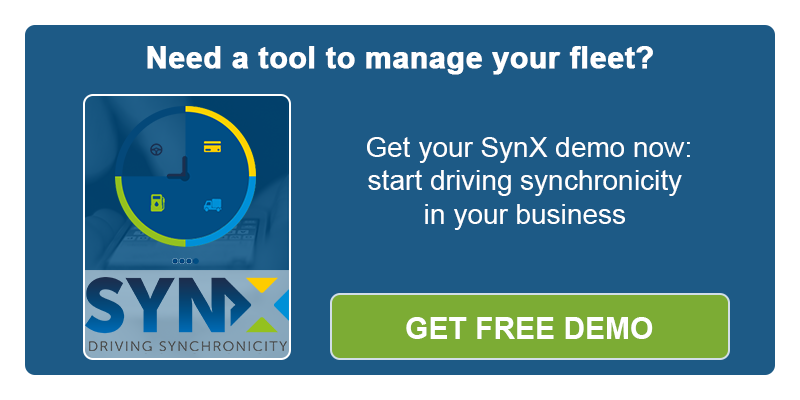Vehicle tracking helps companies in key areas where driving is an integral part of their business.
Increased
productivity,
fuel savings and improved customer service are just some of the
advantages offered by this technology. Drivers will benefit too, through increased road safety and from operating in a more stable, and better organised, company.
But when companies consider vehicle tracking technology, one of their pressing concerns is just how will employees take the idea of being tracked? Which is the best way to introduce vehicle tracking? Will drivers be reluctant to adopt this new system? That very much depends on how the system is presented to them by their employers or fleet managers.
It certainly won’t be easy, as is often the case in a working environment—there can be resistance to new working methods and tools. But there are positive advantages for employees as well as for employers and after some time, hopefully the old working practices will not be missed.
Let’s look at
how best to broach the subject of
vehicle tracking to your drivers/employees, and win their approval, without generating friction.

1 – Talk to your employees
Communication is of paramount importance in all companies. Do not make the adoption of vehicle tracking technology a sudden “surprise” for your workers; better to introduce the concept with some tact.
Anticipate how the transition to the new system can be done, study it carefully, and prepare precise policies and documents that your workers will be able to read and understand. Set up meetings and be ready to answer their questions, as some people just aren’t as technologically savvy as others and could be worried about it. Get their feedback and take note of it.
2 – Maintain a positive attitude
When introducing vehicle tracking, concentrate on the positive (and real) aspects of it. Present it as a win-win situation, and look at it from a driver’s perspective.
You should be able to correct driving styles and make drivers safer: the new system could be an occasion for initiating refresher courses or additional training to improve driving practices.
In the event of client complaints, you will have useful data to prove your drivers’ honesty. And you might even find out that drivers will be more than relieved not having to respond to continuous phone calls from their manager wanting to know where they are. They won’t feel that added pressure and phone distraction will be minimised.
3 – Make use of gamification or best driver awards
The use of bonuses, incentives, or prizes will help smooth the transition over to vehicle tracking.
We tested this concept ourselves with an internal competition that led us to fuel savings, safer driving and... a free lunch!
Competitions and games will help you give drivers the “team” sensation, the (right) feeling—that the “people make the company” and not the other way round.
We hope you found this article interesting. Feel free to share or comment, and let us know if you need professional advice on how to implement vehicle tracking in your company.




